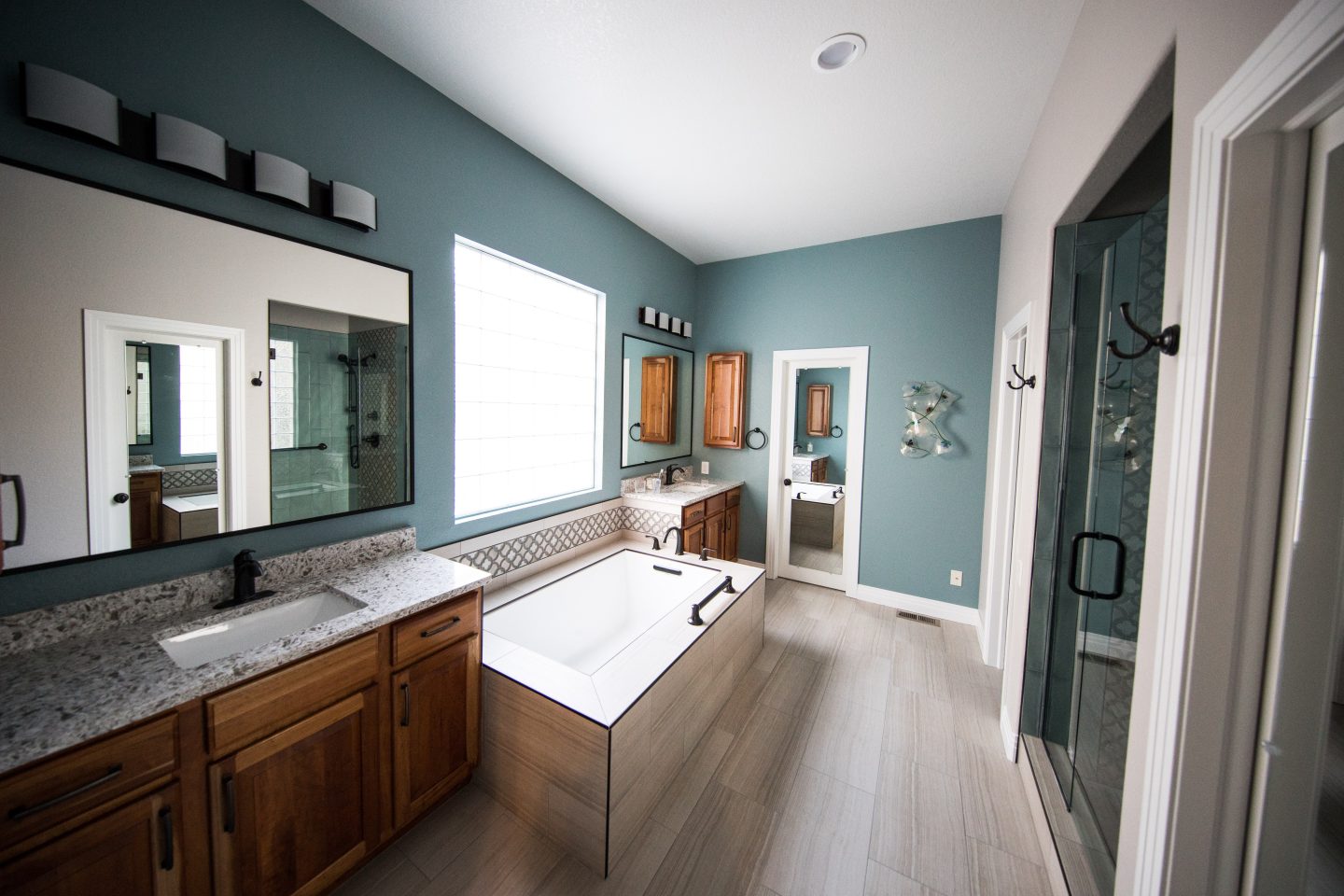
Do-it-yourself painting is a familiar project for homeowners. Although it asks for minimum effort and budget, it often provides a fantastic payoff. However, painting a bathroom is different from painting other areas of the home. It is essential to pay attention to bathroom painting, from surface preparation and color choices to painting and final touches.
1. Choose the Best Paint.
Among all of the rooms in a house, the bathroom is the most common one to get wet throughout the day. With this fact in mind, choose something that’s called bathroom paint. It is the type that has mold-inhibiting properties and a better surface for resisting moisture. If bathroom paints seem like a stretch, then spend more on more expensive paints as they have fewer solids.
Solids are the components that dry to form a protective acrylic-latex layer on your wall. It is better to invest in expensive paints because they have more solids and more excellent durability. Notice how tiles are glossy and better at repelling moisture and debris compared to flatter sheens.
2. Consider High Gloss Paints.
High gloss paints have a reflective appearance. They are tough, durable, and resist stains most of the time. If there is drywall on the upper section of your shower or tub stall area, consider using high gloss paints on those areas.
Drier areas of the bathroom are more prone to water streaks. High gloss paints, however, are easy to clean. Although they are commonly used on doors and cabinets, they can also be used on drywall to prevent streaking.
3. Remove Toilet Tanks.
In painting a bathroom, it is vital to clear all things that can obstruct the process. It’s difficult to paint around toilet tanks and do a good job. If the space is too small, you can apply a painter’s masking film and a painter’s tape around the tank and daub the brush in that area to get a solid color. But instead of working around the obstruction, the best way is to remove it.
Standard toilets have two sections, the top tank, and the bowl or base. It is messy to remove the bottom, but the top tank is easy to remove and put back on as long as the water supply is shut off.
After removing the primary obstruction, you can remove other obstacles, such as mirrors, bathroom exhaust vent grilles, towel racks, and any other items that can be removed easily.
4. Apply a Second Coat.
After applying the first coat, follow up after two hours with a second coat. If the weather that day is cooler or a bit wet, the paint will take longer to dry. Repeat the entire painting process and ensure all the errors from the first coat are corrected. After that, let the paint dry completely and go over gaps and spaces that may have been left out after two coats.
5. Finish Up and Clean.
After the painting process, clean up as soon as the paint dries. Remove all the masking tape and coverings, and reinstall the tank back to its base. Replace the faceplates, towel bars, and any other hardware and accessories you removed at the beginning of the paint job.
Conclusion
Do-it-yourself paint jobs do not have to be a disaster. Compared to professional paint services, it is a cheaper and alternative way to beautify a house with your own hands. Next time there is a need for you to paint a bathroom, consider all the things above and make sure to follow them well.
GP Homes and Repairs provides the best painting services in Plano. Check our recent projects and request an estimate for our service today. We offer custom remodeling, concrete installation, and so on.
